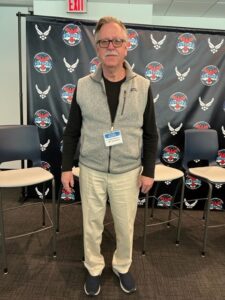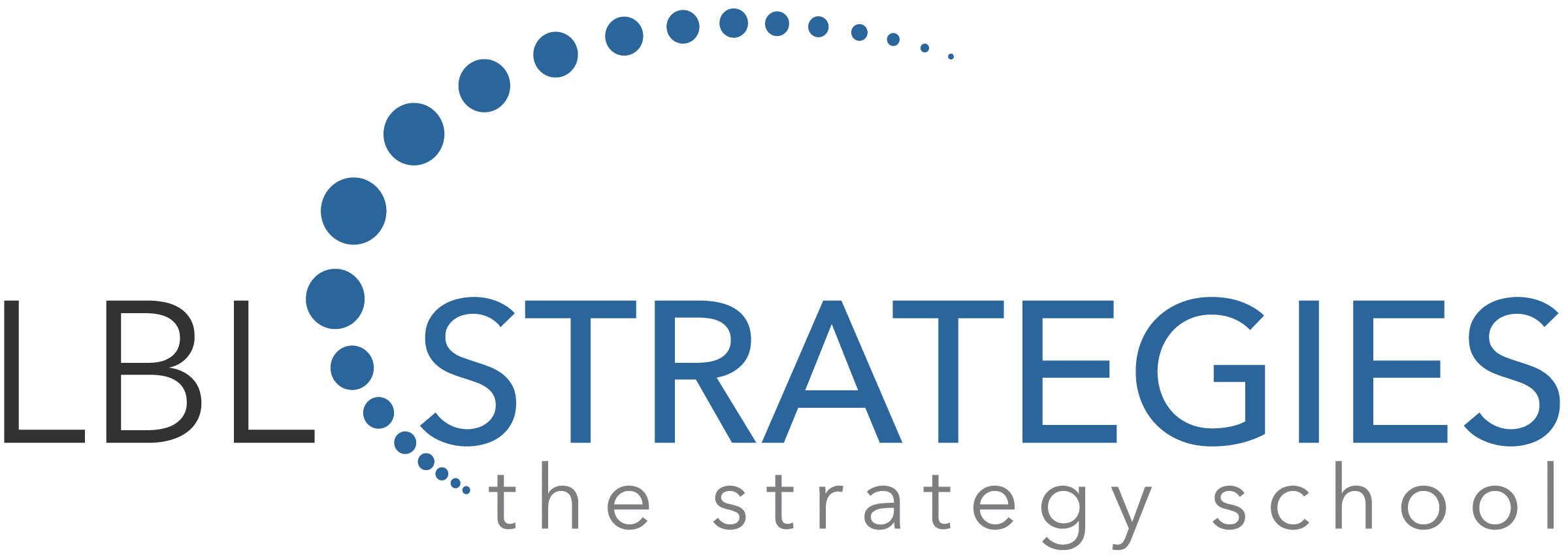I just returned from the April 19-20 U.S. Government’s Foresight Symposium held at the BRICC in Arlington, VA. The event was hosted by Air Force Futures in partnership with the Federal Foresight Community of Interest (FFCOI.org). Included was a presentation highlighting the Air Force Global Futures Report: Joint Functions in 2040, published on AF.mil
Without question this was one of the most impactful symposia I’ve ever attended. The speakers and their topics are summarized here.
Here is a small sampling of what I learned.
- We may not be able to solve every wicked or complex problem, but we can learn how to mitigate them by practicing foresight.
- Organizations must scan for weak signals of disruption and project them out to understand their consequences.
- Practitioners of foresight must be advocates for change by helping their teams understand the costs of inaction.
- AI is central to our ability to remain competitive. It is like eyeglasses for the mind. It will fuel competitive advantage for our economy.
- In all situations we need to move toward an “anticipatory governance model” based on fact-based analysis, where foresight drives vision, vision drives strategy, and strategy drives action, i.e., Foresight is left of Strategy
Hats off to the U.S. Air Force Futures Group, and FFCOI Co-chairs Robin Champ, Sharaelle Grzesiak, and Eric Popiel for organizing this spectacular event.
To stay up to date on foresight activities, I highly recommend you sign up for the FFCOI newsletter – it’s free and very informative. You can do so at FFCOI.org. And to learn more about how to practice foresight in your organization, check out the Mastering Foresight: Scenario-Based Planning course – endorsed by both GW University and the Baldridge Foundation.

